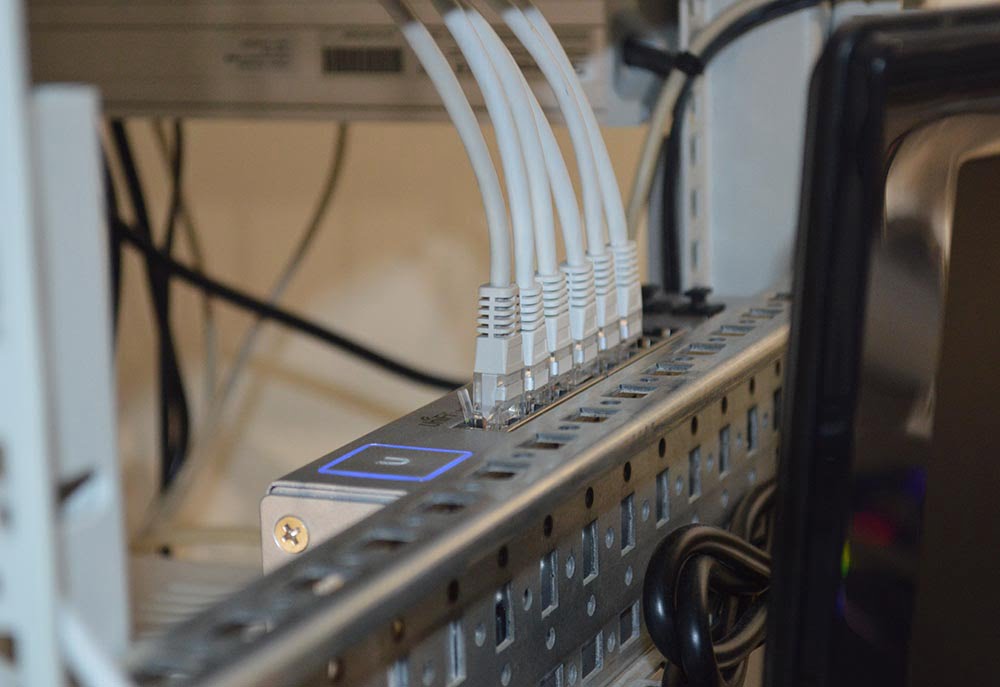
What Is TCP (Transmission Control Protocol)?
The transmission control protocol (TCP) is identified as a connection-oriented communication protocol designed to enable computing devices and applications to transmit data through a network, ensuring its delivery. This protocol plays a pivotal role in the infrastructure of the global internet.
TCP is employed by communication programs and computing devices to facilitate the exchange of messages across networks. Its primary function involves carrying packets across the Internet and ensuring the successful delivery of messages and data between different network nodes.
To initiate the data transmission process, a connection must be established between the client and server. The server actively listens for client requests once the connection is established. Given that TCP is connection-based, it establishes and maintains a connection between the sender and receiver while facilitating the transfer of data. As a result, any information transmitted over the internet is guaranteed to reach its destination without alteration.
Due to these features, TCP stands out as one of the most widely utilized protocols for network communication.
The essential characteristics of TCP include:
- Verification of data delivery from the server by the client.
- Retransmission attempts by the server for undelivered data after a timeout period.
- Delay in data transmission in congested network conditions.
- Utilization of a three-way handshake to identify and address data transmission errors.
Despite TCP’s inherent reliability, these feedback mechanisms contribute to a notable increase in overhead size. Consequently, it leads to a higher consumption of available system bandwidth. To mitigate this challenge, many online applications employ the user datagram protocol (UDP) in conjunction with TCP.
How does UDP work?
The UDP protocol operates by promptly transmitting data to the recipient who initiated a data transmission request, without waiting for a formal connection establishment or ensuring sequential delivery. Often referred to as a “fire-and-forget” protocol, UDP dispatches data to the recipient without confirming delivery or verifying whether packets reached their intended destination.
In contrast, TCP establishes a formal connection through a “handshake” agreement before commencing data transmission. However, UDP bypasses this process, accelerating data transfer by sending packets without prior negotiation with the recipient. Subsequently, it becomes the recipient’s responsibility to interpret the received data.
To illustrate the dissimilarity between TCP and UDP, consider a scenario: imagine having lunch at the office, and a colleague in a different cubicle requests half of your sandwich. You face two options—either traverse the office space, ensuring a secure and guaranteed delivery (TCP), or opt to toss the sandwich into her cubicle from a distance, leaving the quality of delivery dependent on her speed and reflexes (UDP). The former method prioritizes reliability at the cost of speed, while the latter emphasizes swiftness, albeit with the risk of the delivery being compromised or not reaching its destination intact.
Why TCP is more reliable than UDP ?
Each protocol possesses its own set of advantages and disadvantages, with TCP standing out for its notable reliability. This reliability can be attributed to several key features:
- Connection-based Nature: Transmission Control Protocol operates on a connection-based model, ensuring that it only sends data to clients actively listening for it.
- Three-way Handshake: TCP utilizes a three-way handshake system to establish and maintain connections consistently. If the connection is interrupted, data transmission halts, preventing loss of data packets.
- Sequencing Mechanisms: TCP employs sequencing mechanisms to send data in the correct order. This guarantees that various types of information, such as images, web pages, and data files, arrive in an uncorrupted condition.
- Delivery Guarantee: TCP ensures data delivery by obtaining acknowledgment for each received data packet. It proceeds to send the next packet only after receiving an acknowledgment (ACK) from the client.
- Flow and Congestion Control: TCP incorporates flow and congestion control mechanisms to prevent data loss, damage, duplication, or out-of-order delivery.
In contrast, the User Datagram Protocol (UDP) lacks inherent reliability. Its architecture is designed for continuous data packet transmission to one or more receiving clients without waiting for a “listening” state or acknowledgment. In challenging network conditions, both TCP and UDP may experience lost packets. The crucial distinction lies in how each protocol handles these losses.
TCP recognizes and identifies lost packets, enabling it to retransmit the information and maintain reliability. On the other hand, UDP lacks the ability to detect or recover lost packets during transmission. This inherent limitation makes UDP less reliable despite its efficiency.
Applications utilizing UDP must implement separate configurations for reliability mechanisms. For example, users can set a time-off period for data transmission and proactively terminate the UDP protocol if no signal is received from the recipient within a specified timeframe.
UDP does not control congestion, whereas TCP implements congestion avoidance algorithms
TCP dynamically adjusts the transmission of data based on the recipient’s acceptance window size, taking into consideration the capacity of the network infrastructure. The pace at which data moves is not solely determined by the recipient; the network’s characteristics play a pivotal role. Consequently, it is essential to fine-tune transmission speeds to align with the network’s optimal performance. TCP achieves this by employing congestion avoidance algorithms and policies.
One notable algorithm in this context is Additive-Increase/Multiplicative-Decrease (AIMD). AIMD orchestrates the congestion window’s linear growth and exponential reduction, preventing the accumulation of network traffic through a sophisticated yet effective process. When faced with congestion, TCP patiently waits for the network pathway to clear before resuming transmission, ensuring the integrity of data packets remains intact.
The significance of congestion control is underscored by the substantial computing resources that TCP consumes. Depending on the network configuration, transmission control protocol may employ over 10 congestion avoidance mechanisms. Examples include TCP Tahoe, which reestablishes a connection with a slow start after data loss, and TCP Reno, which initiates fast retransmission for post-congestion recovery.
In contrast, UDP lacks mechanisms to regulate network congestion. When faced with excessive traffic on the pathway, UDP resorts to dropping packets in queue and transmitting the remaining ones. Although organizations can utilize specially configured routers to preserve lost packets, this capability is not inherently embedded in the User Datagram Protocol.
Unlike UDP, TCP cannot be used for multicast or broadcast services
TCP functions as a comprehensive end-to-end connection, facilitating the establishment of a link between two communicating endpoints. It employs meticulous record-keeping mechanisms to monitor the transmission of data packets and bytes. The inclusion of synchronization and acknowledgment messages, with each successive message incrementing by 1, ensures seamless tracking. Packet headers additionally feature sequencing segments to maintain the orderly flow of the data stream. TCP proves optimal for point-to-point transmission systems but is less suitable for scenarios involving the broadcast of data to multiple endpoints.
Conversely, in a multicast or broadcast setting, a server targets multiple recipients, transmitting data without waiting for acknowledgment or delivery confirmation, akin to the functionality of UDP. UDP’s fundamental architecture makes it well-suited for disseminating data packets to an entire group of endpoints or subnets. This occurs irrespective of whether the endpoints are in a “passive open” or “listening” state. In such instances, the data transmission lacks specificity towards a particular network host as the destination; rather, it is directed towards a group of hosts.



